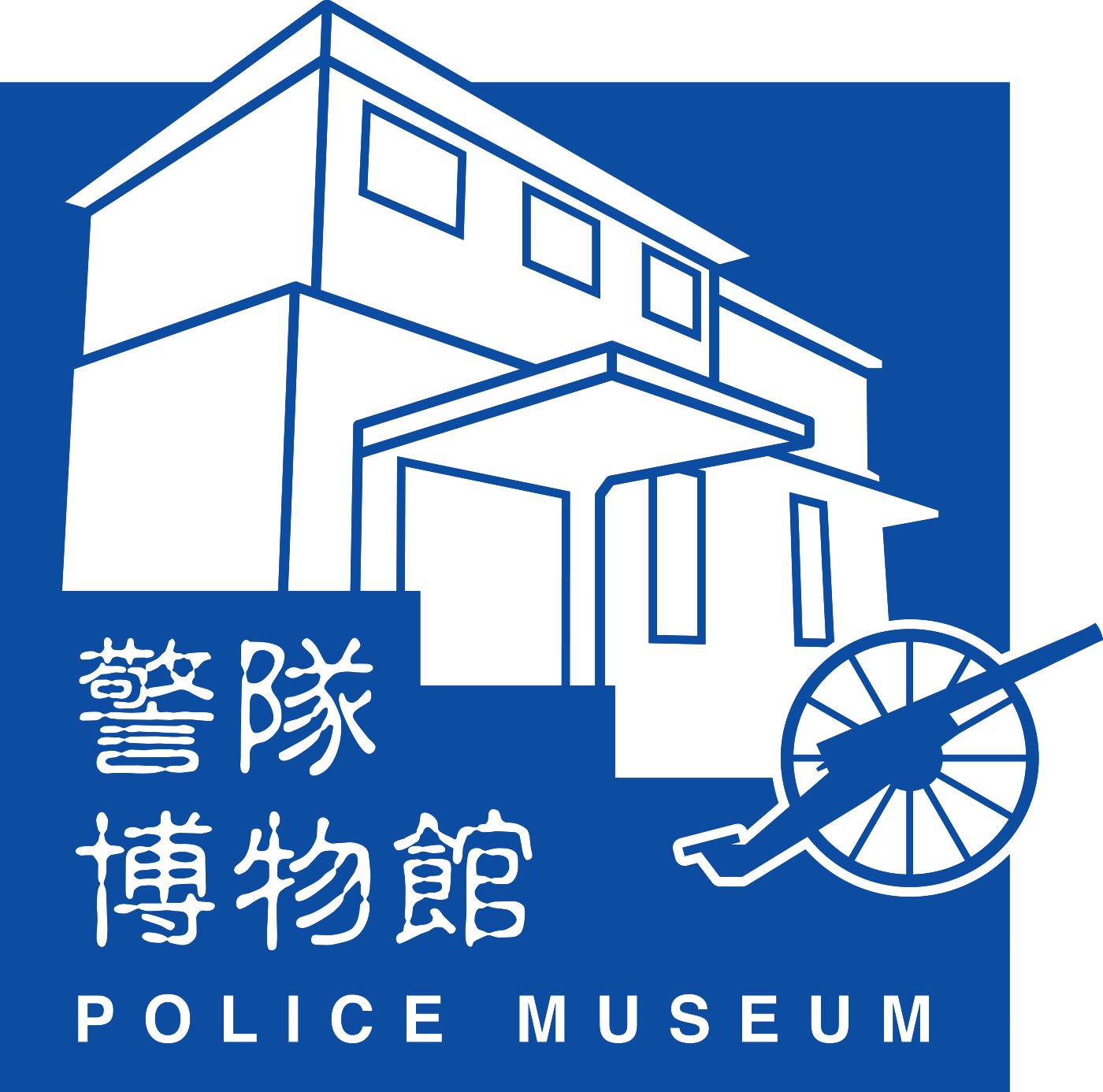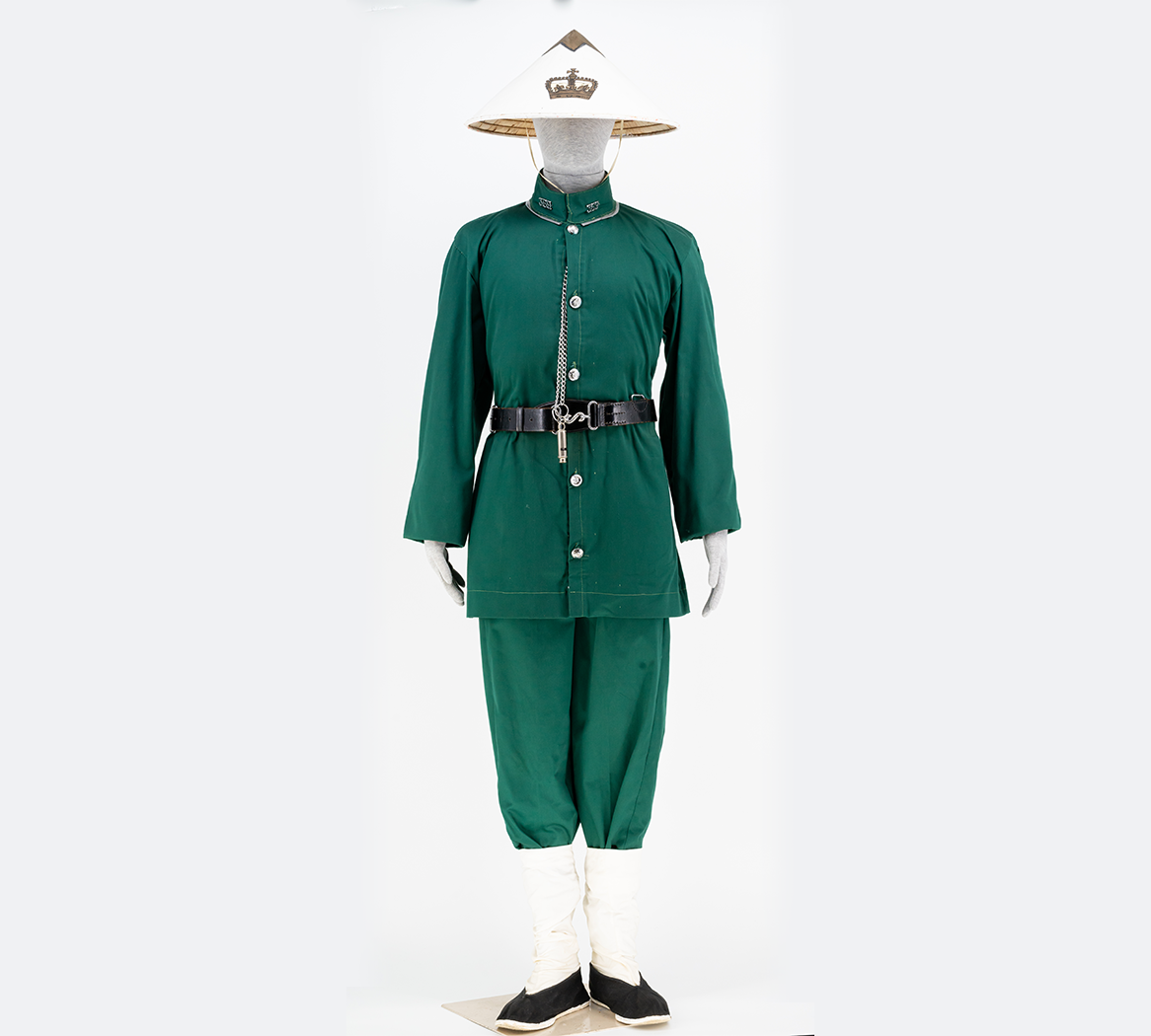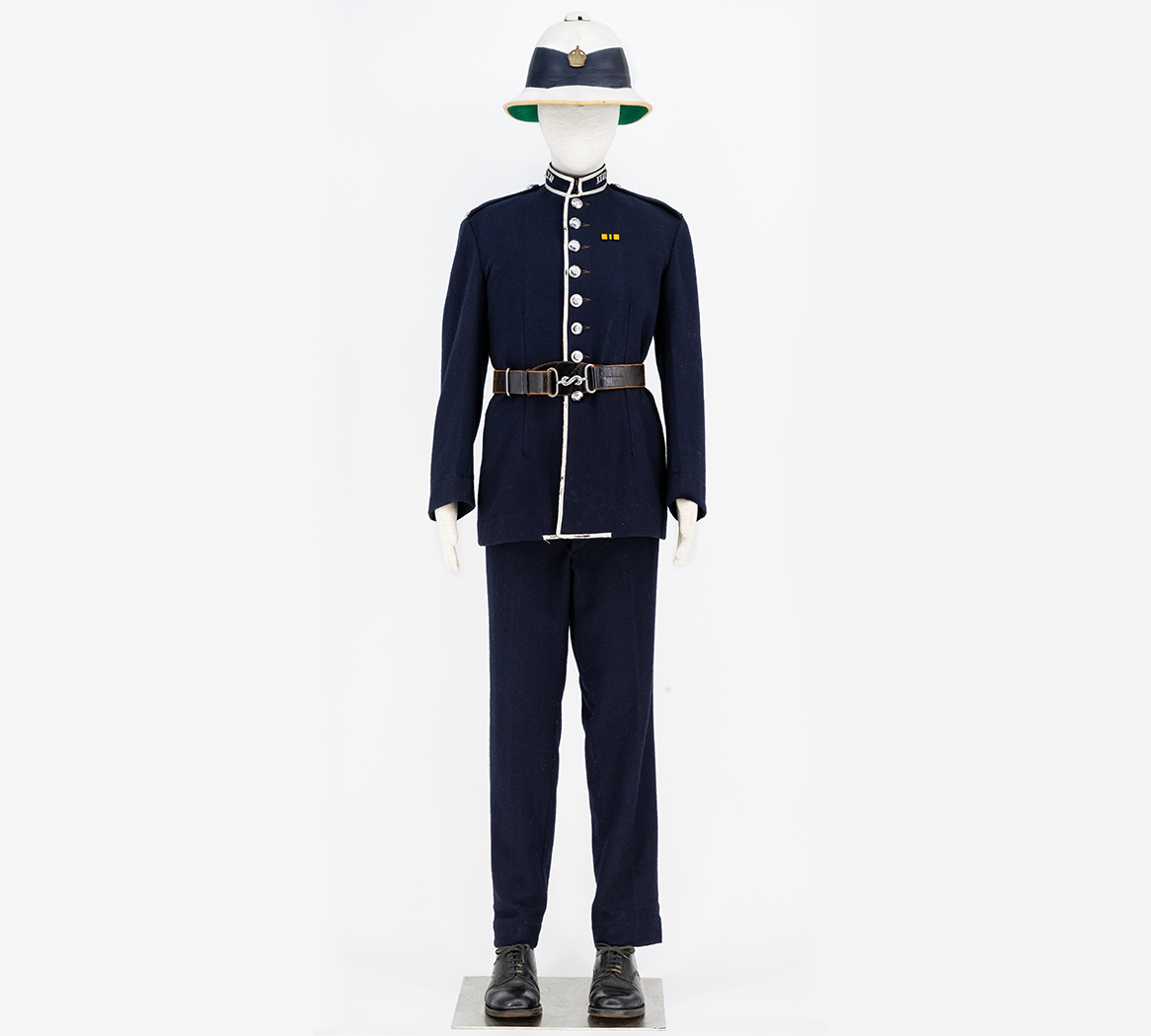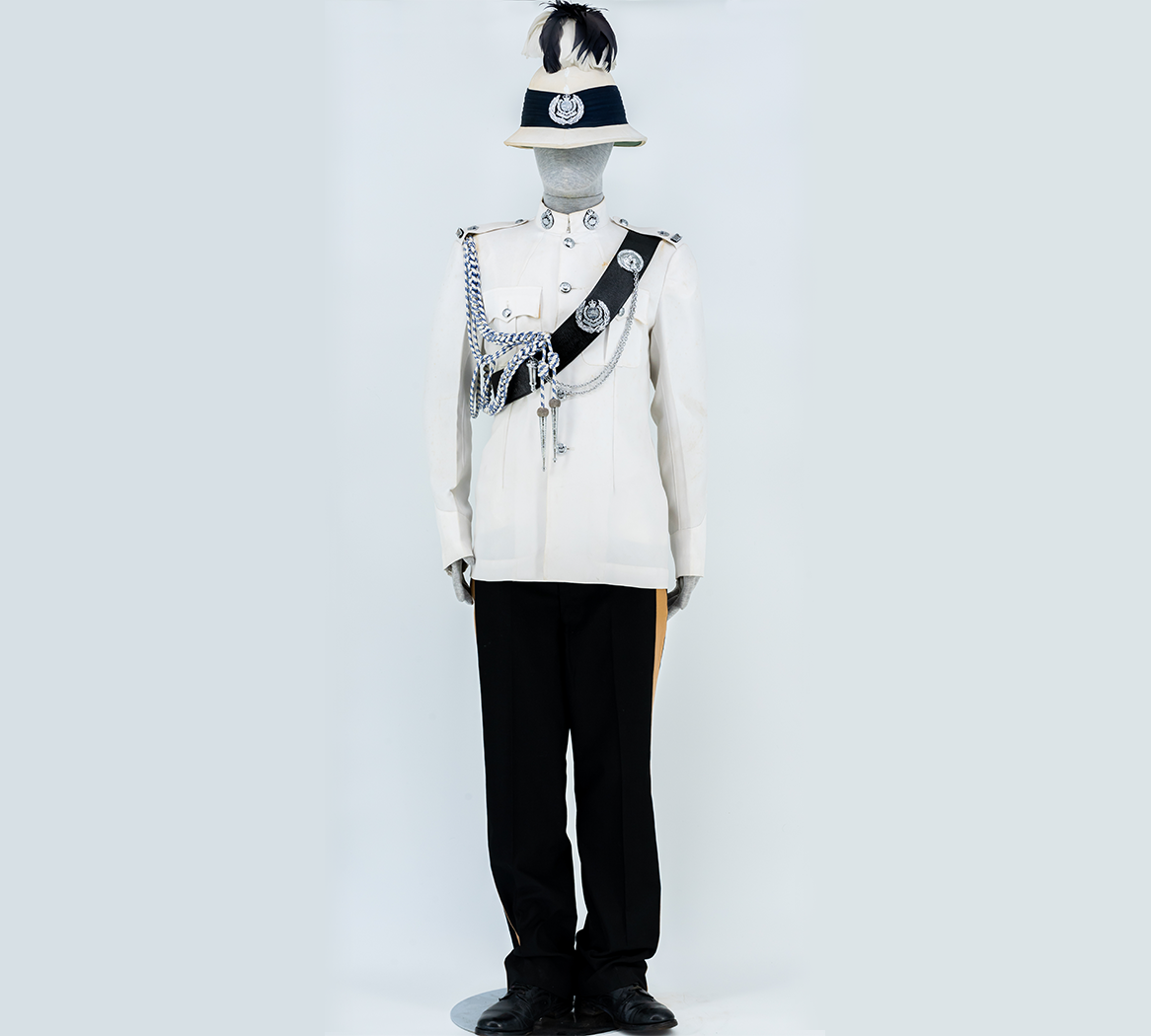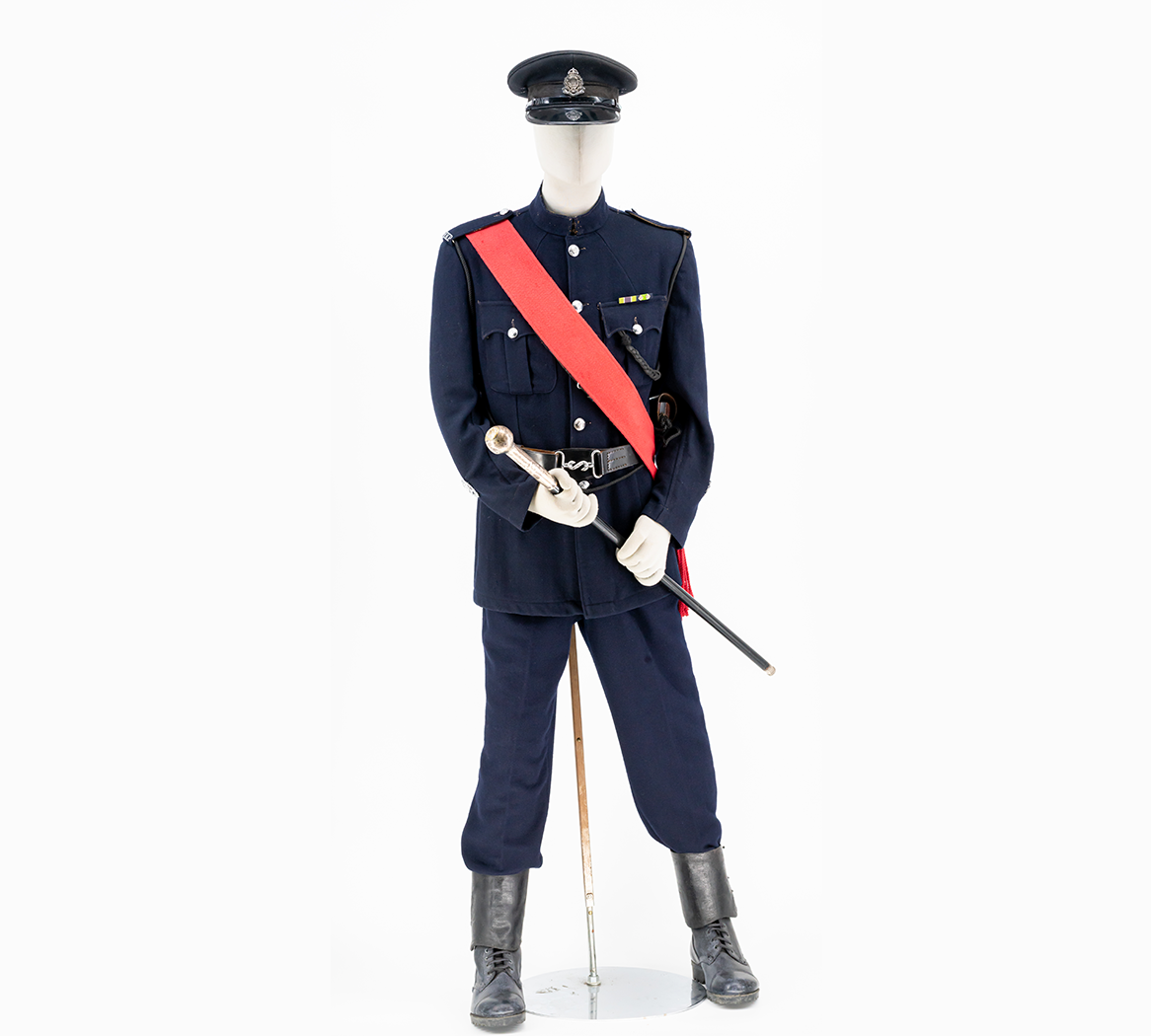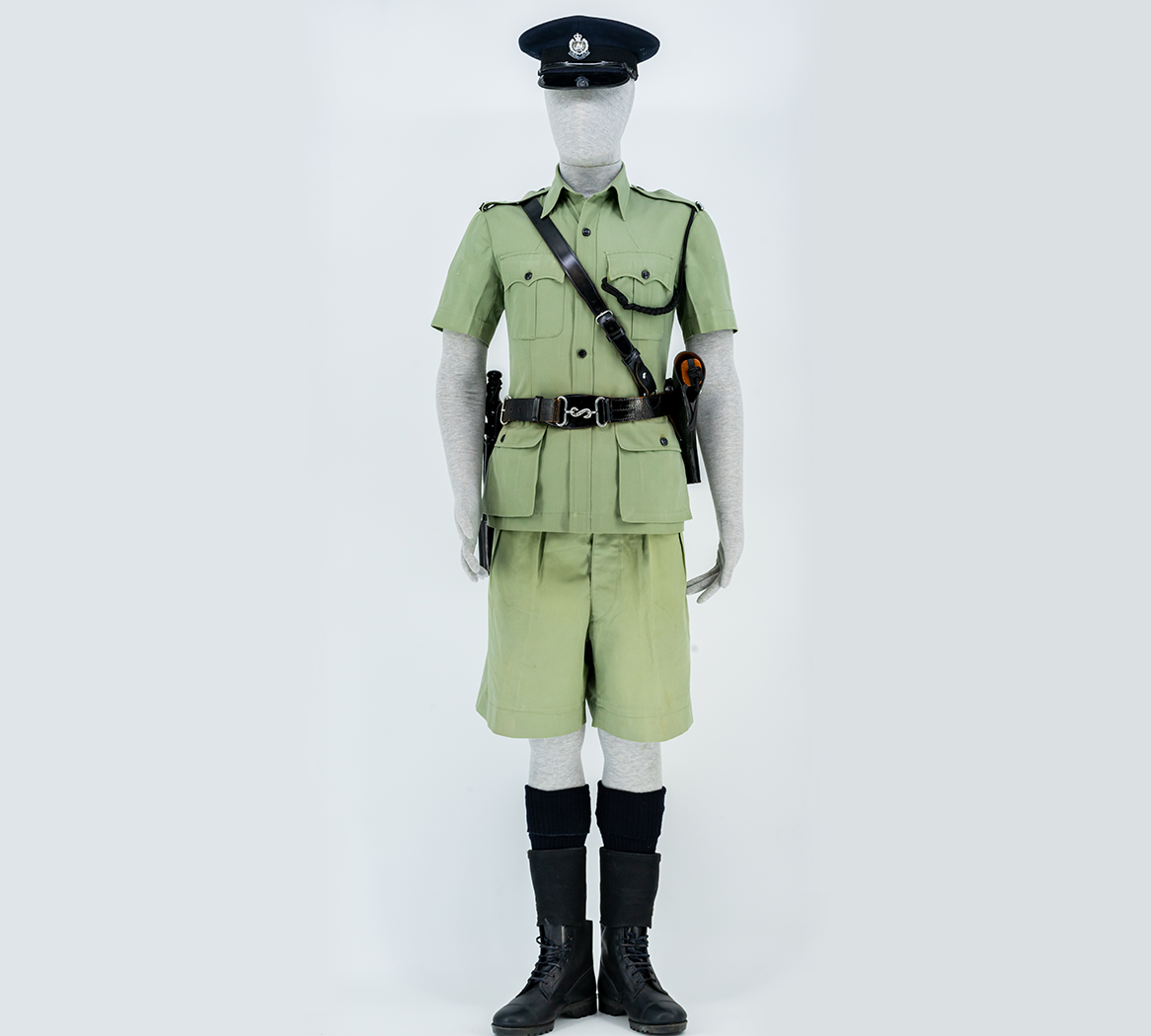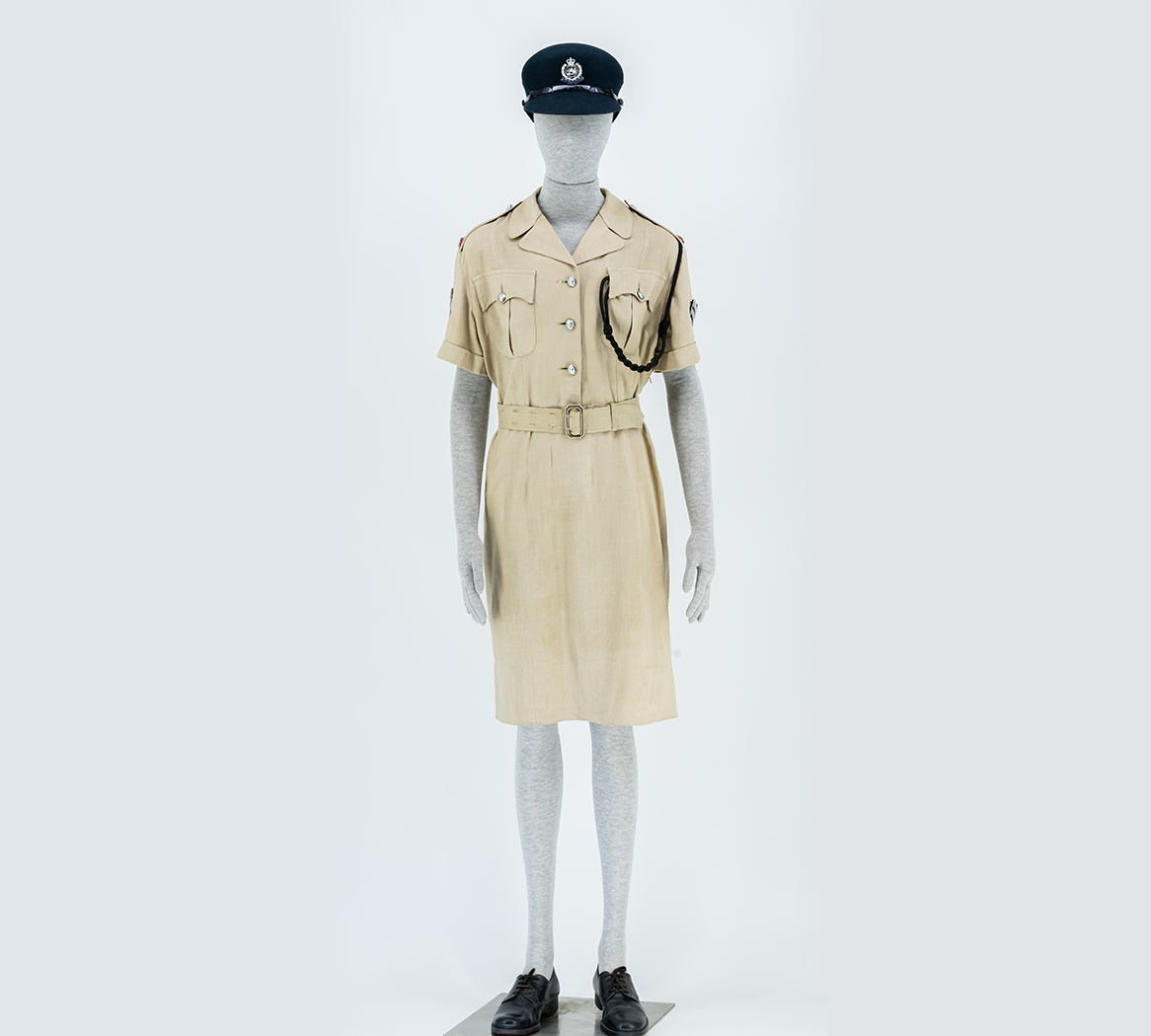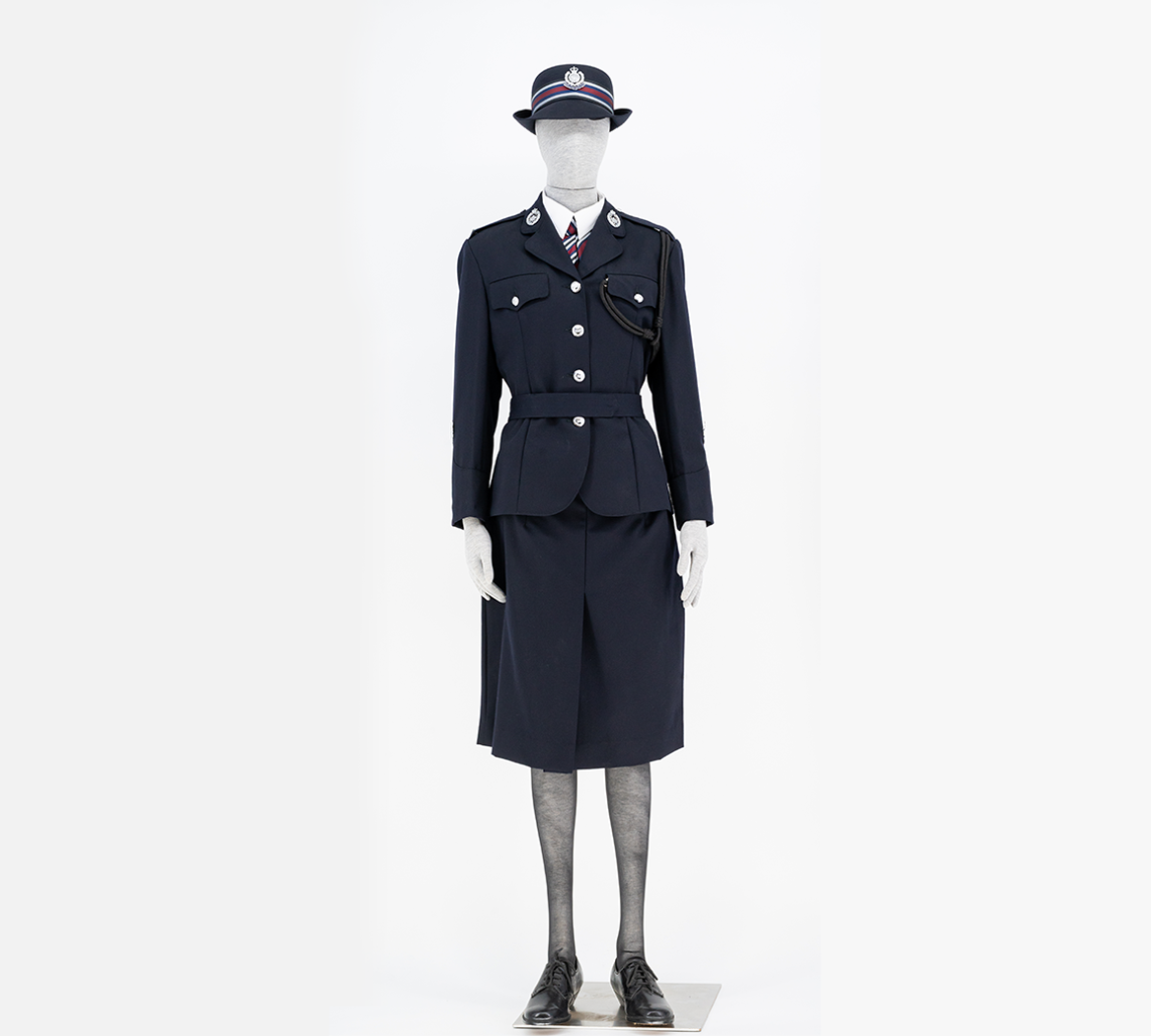Description
In response to the severe shortage of police officers in the Hong Kong Police Force at the early stage of its inception, Britain recruited officers from India from 1861. At first, most Indian officers came from Bombay (Mumbai), but they did not perform as well as they should have. In 1862, after William Quin, who had served in the Bombay Police, became Captain Superintendent of Police, he decided to recruit Sikhs directly from the Punjab. Sikh tradition and religious beliefs strictly forbade the haircut, and it was considered shameful to remove the turban in public. The Hong Kong Police Force allowed them to retain the custom of wrapping their hair without the need to wear a police hat. They wrapped their hair in a turban instead of wearing a cap, which was why the Sikhs were commonly known as the “big heads”.
The increasing employment of Indian officers in the Force necessitated sending senior British officers to India from time to time to learn Hindi/Urdu to enable them to command their Indian subordinates effectively. This arrangement continued until World War II. The proportion of Indian police officers who passed away in the line of duty in the early years of the Force was much higher than that of Chinese and British police officers. This shows that they often performed the most dangerous policing duties on the front line and made an enormous contribution to the maintenance of law and order in the early years of Hong Kong. In the post-war period, the global decolonisation movement led to the independence of countries such as India and Pakistan. The Hong Kong Police Force stopped recruiting Indian and Pakistani officers from overseas in 1961.

